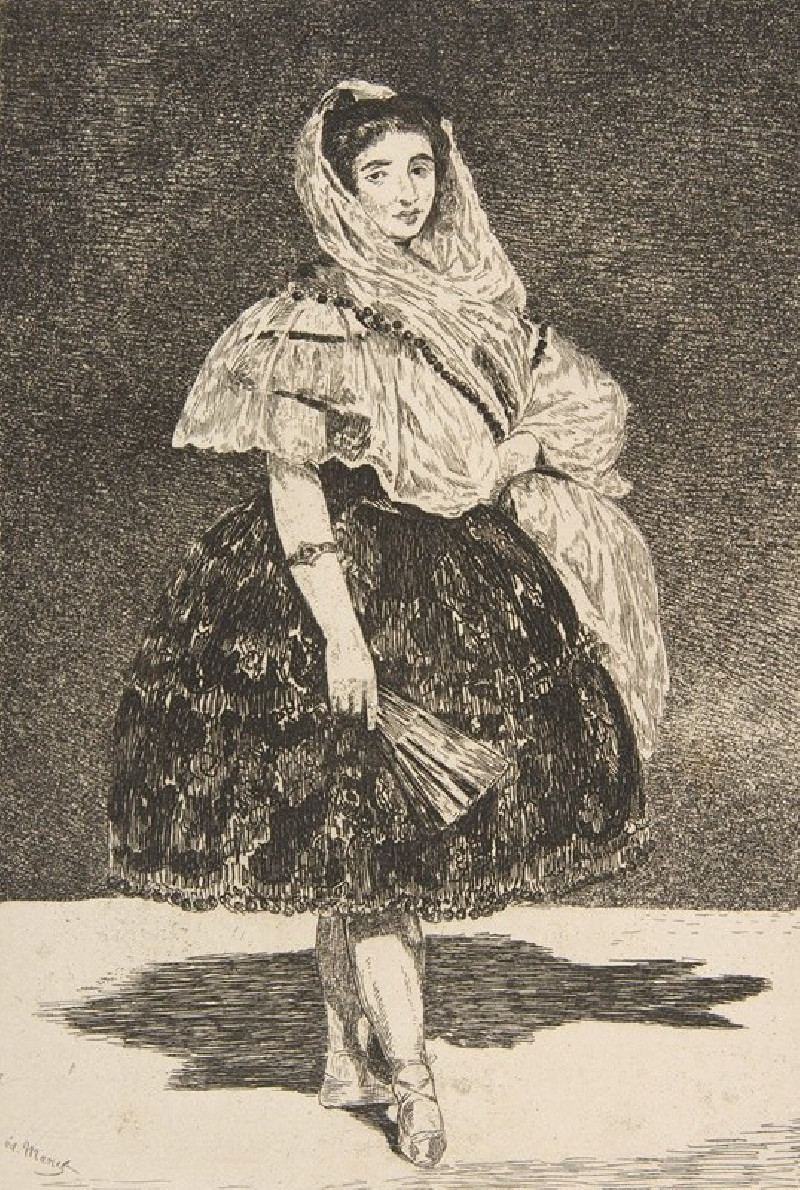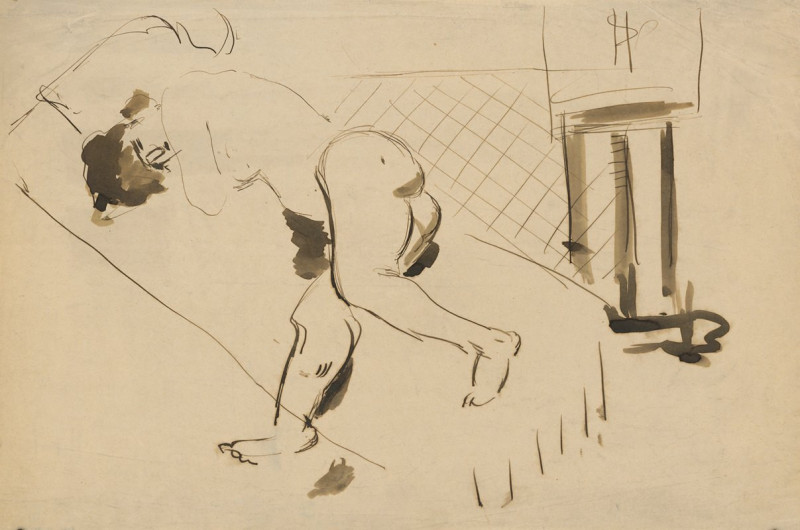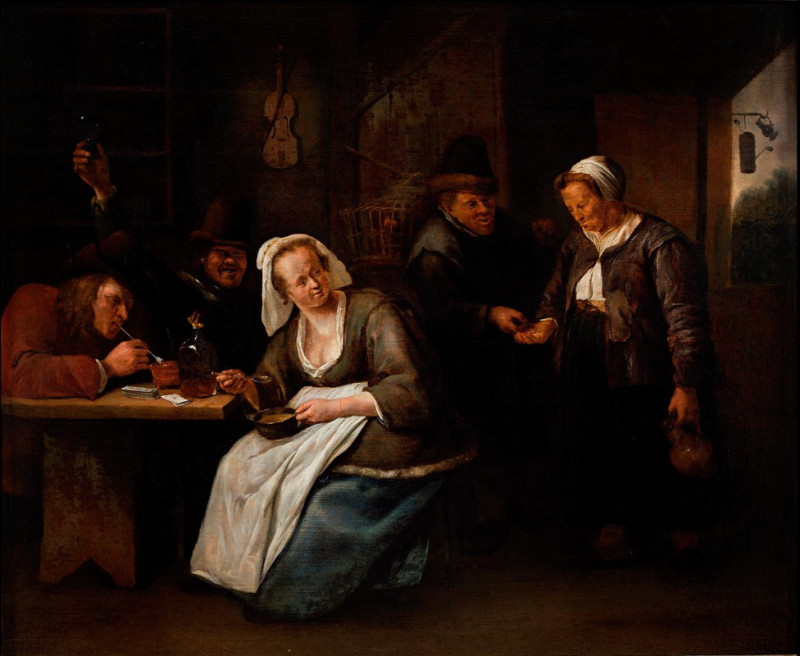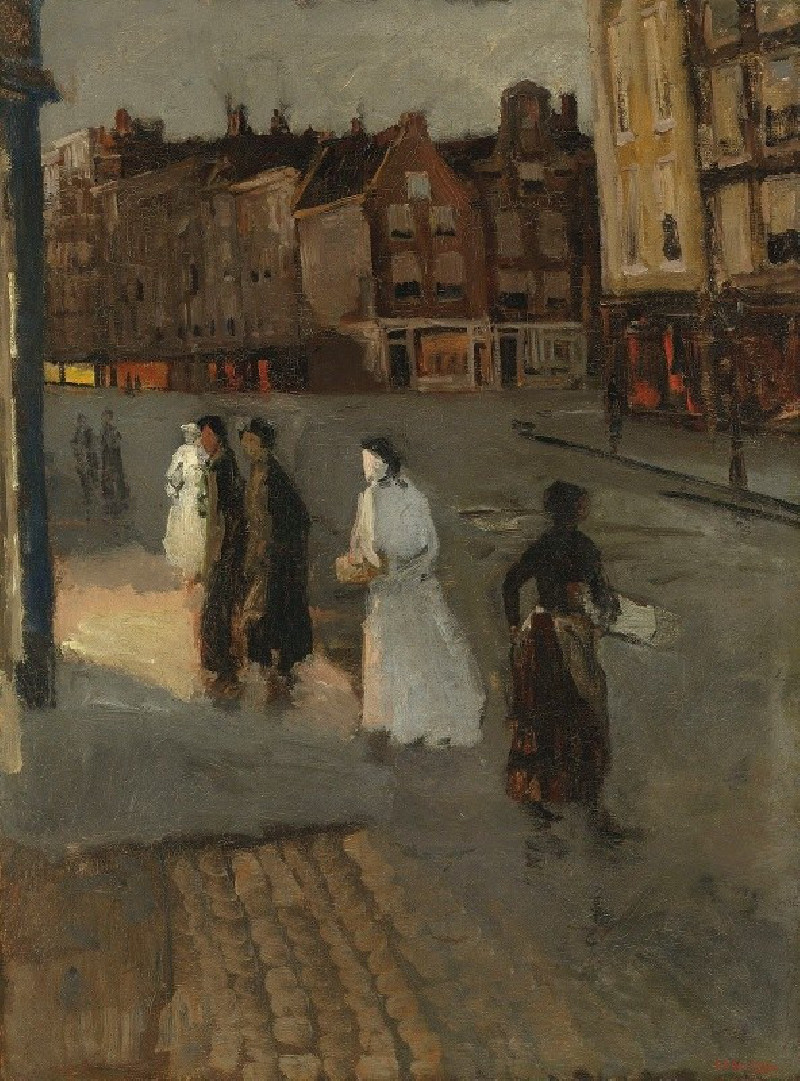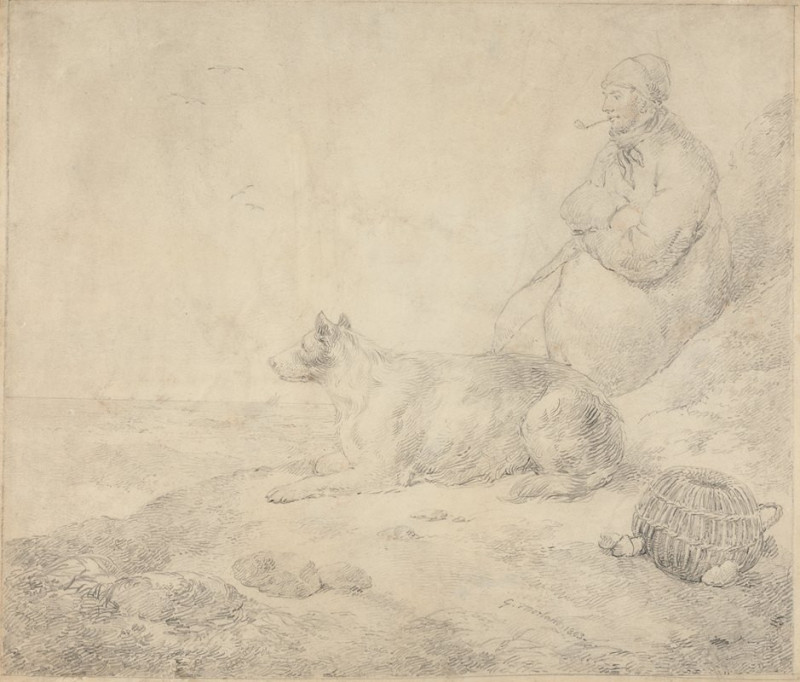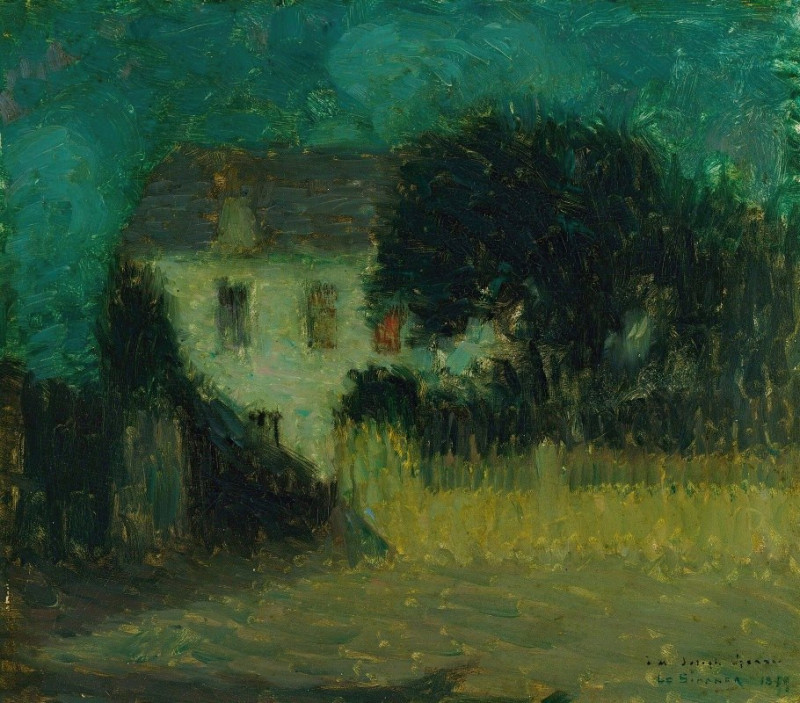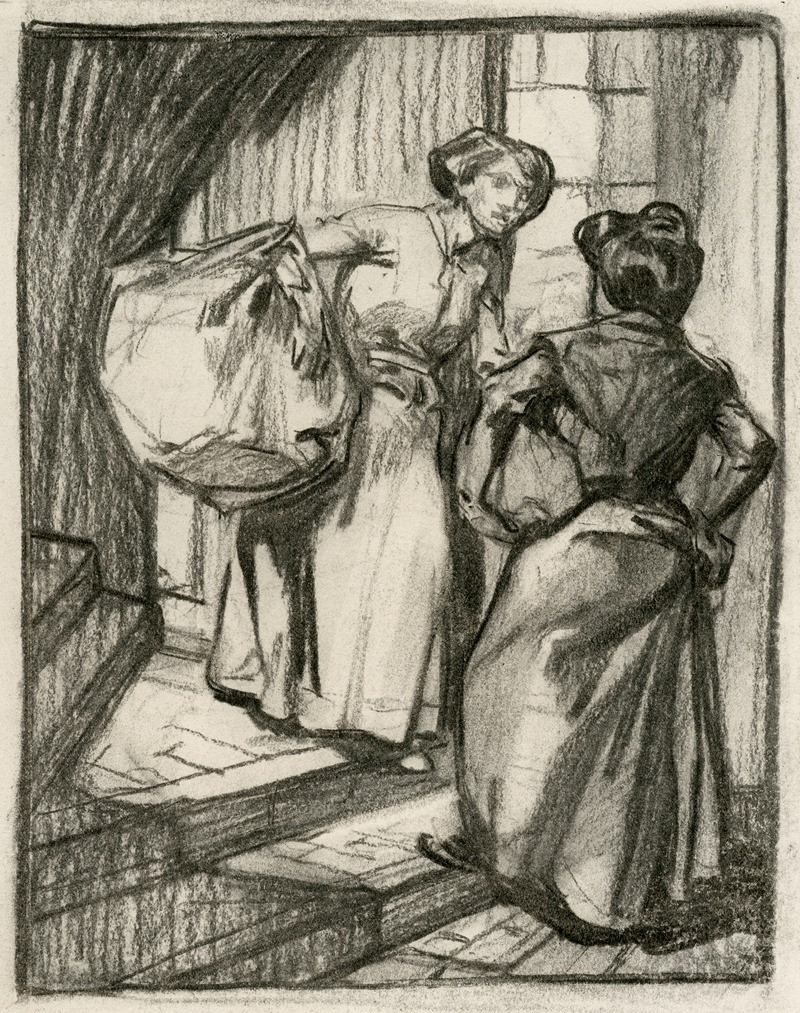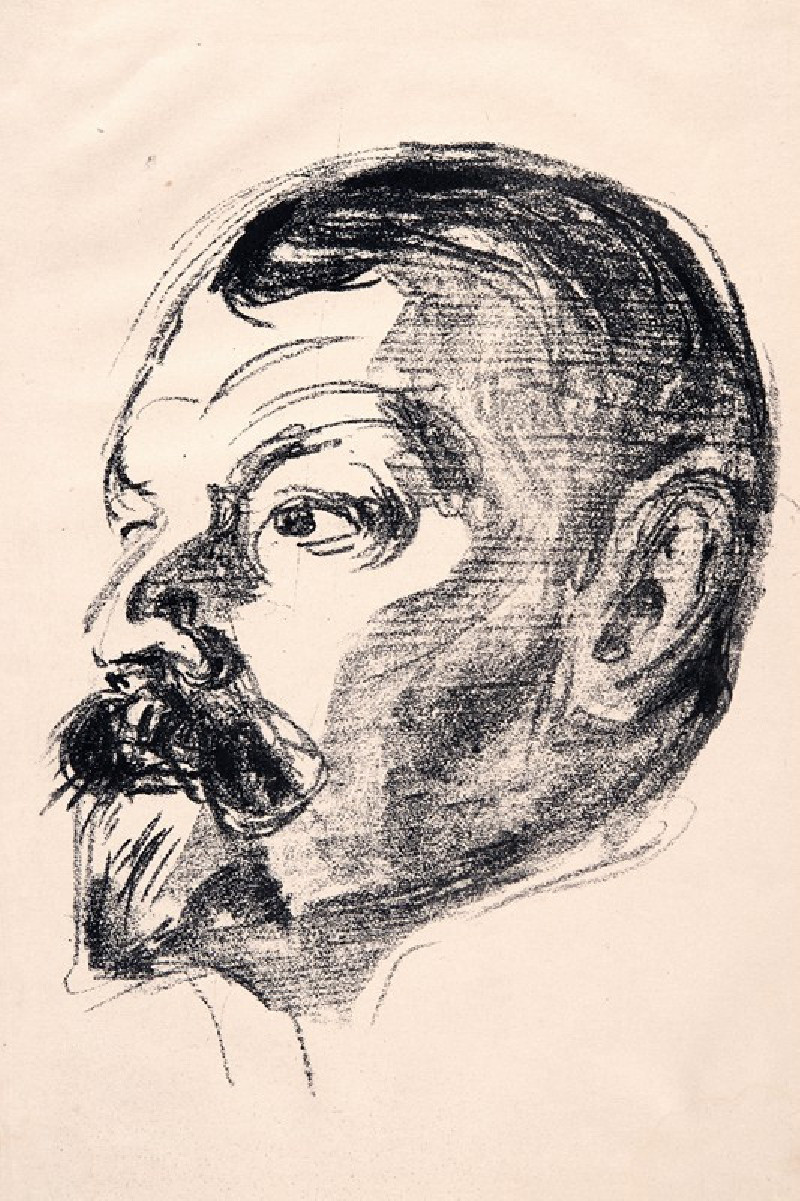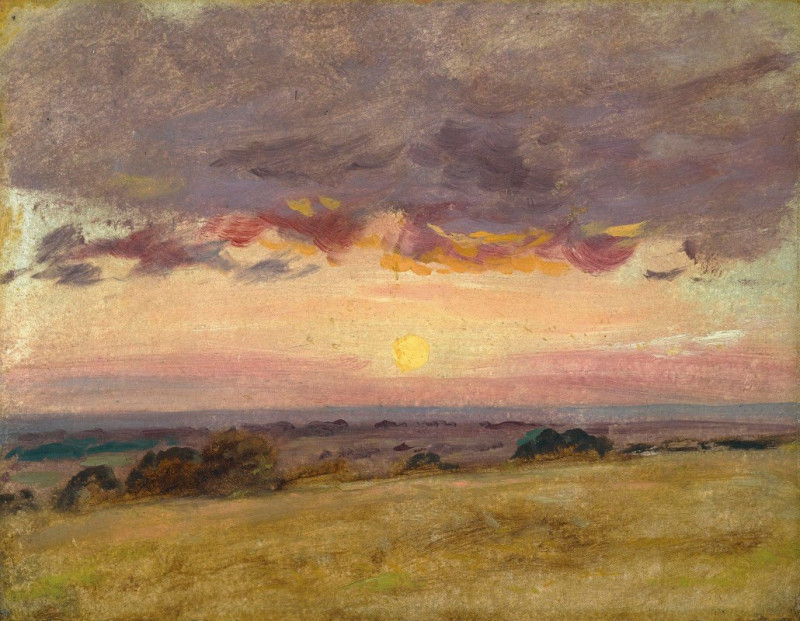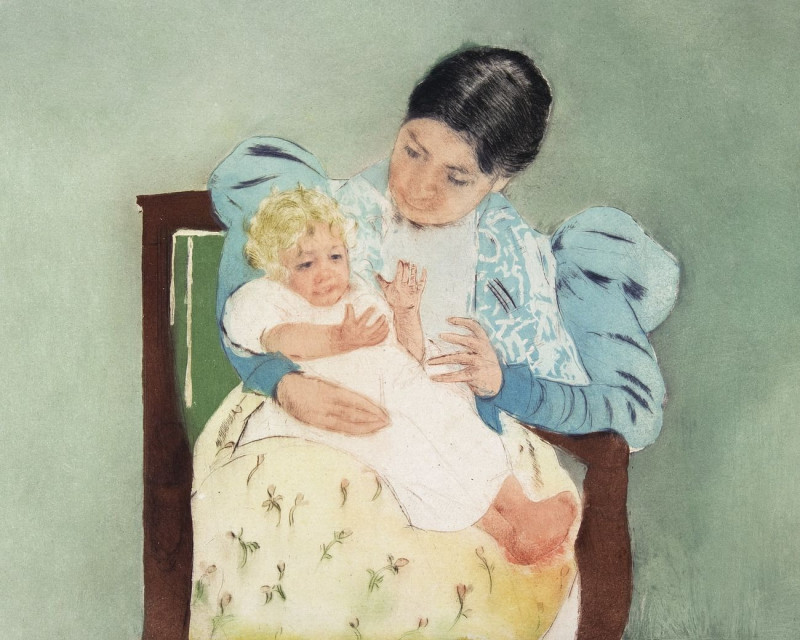Lola de Valence (1863)
Technique: Giclée quality print
Recommended by our customers
More about this artwork
Lola de Valence (1863), a notable work by French painter Edouard Manet, showcases a captivating depiction of a young woman adorned in a detailed Spanish costume. Positioned against a simplistic but contrasting backdrop, the subject stands in frontal view, her gaze meeting the viewer with a serene but assured expression. She is draped in a flowing shawl over her shoulders which softens her outline and adds an aura of elegance. Her dress, rich in texture and dark in color, bellows around her, emphasizing her poised stance.Lola holds a fan delicately in her right hand, an accessory characteristic of her cultural attire, suggesting not only her origin but also the refined grace associated with her. The light source creates subtle variations in tone that highlight the intricate lace patterns of her shawl and the voluminous layers of her skirt. The overall impression is one of both dignity and mysterious allure, typical of Manet’s adept ability to portray complex human subjects.Through Lola de Valence, Manet provides more than a portrait—it's an intimate encounter with a character, perhaps a glimpse into the life of a performer. This piece resonates with his other works in its modern approach, challenging traditional norms with its candid representation and stylistic boldness.
Delivery
Returns
Édouard Manet (1832–1883) was a French modernist painter and one of the first 19th century artists to paint modern life. His impressionist style is characterized by relatively small and thin brushstrokes that create emphasis on light depiction. Manet was one of the key artists in the transition from realism to impressionism, along with Claude Monet, Edgar Degas, and Pierre-Auguste Renoir. However, he resisted involvement in any one specific style of painting, and only presented his work to the Salon of Paris instead of impressionist exhibitions. His early masterworks, The Luncheon on the Grass and Olympia, created great controversy and served as a rallying point for other young painters.

